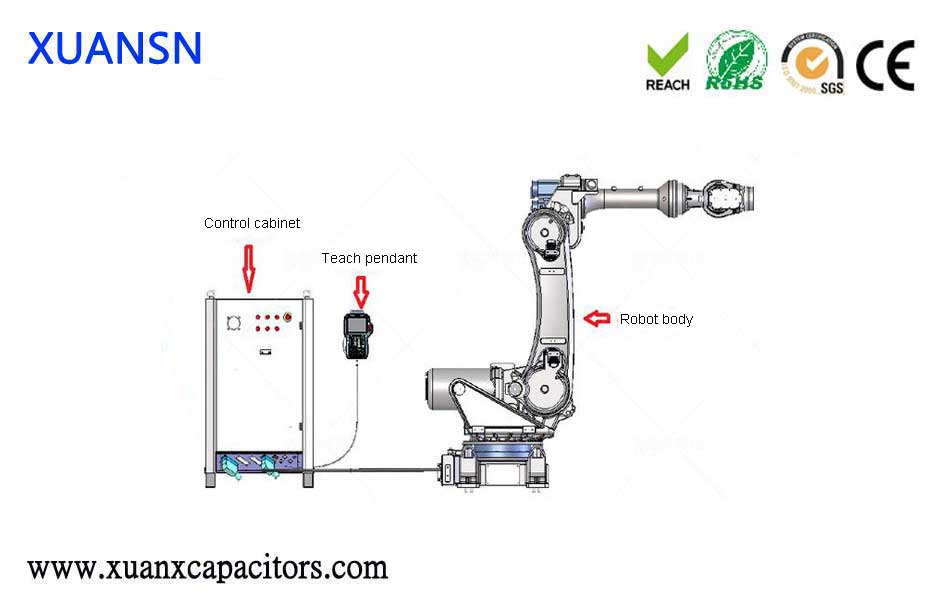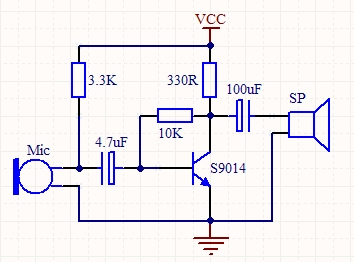World Trade Organization (WTO) released the latest issue global trade in goods the trend assessment report “Barometer of Trade in Goods” pointed out that in the second quarter of 2020, global trade in goods has experienced a historical decline, but other indicators show that global trade in goods and output will partially rise in the third quarter, and global trade is showing signs of recovery. However, the strength and trend of the recovery are still highly uncertain.
The latest global “Goods Trade Barometer” reading is 84.5, which is 15.5 points lower than the benchmark value of 100 and 18.6 points lower than the same period last year. This is the lowest data since 2007, and is comparable to the bottom of the 2008 international financial crisis. This reading is basically consistent with the statistics released by the WTO in June this year. At that time, the WTO predicted that trade in goods in the second quarter of 2020 would fall by 18.5% over the same period last year. The exact extent of the decline in trade in goods can only be determined when the official trade volume data of each country (region) from April to June is available.
The report said that all the constituent indexes of the reading are still far below the trend level, many indexes are at historical lows, but some indexes have begun to stabilize. Among them, the automobile product index (71.8) and the air freight index (76.5) are the worst since 2007. The container shipping index (86.9) is still sluggish, but the export order index (88.4) has rebounded and shows signs of recovery. Electronic components The index (92.8) and the agricultural raw material index (92.5) fell only slightly and maintained a relatively good trend.
Statistics from the WTO in June show that the volume of global trade in goods fell by 14% in the first and second quarters of this year. According to this estimate, coupled with the latest “Goods Trade Barometer” readings, it is estimated that the global trade in goods this year will shrink by 13% compared to 2019. The global trade trend may not be too pessimistic, but it will be much lower than the trend before the epidemic. WTO economists warned in June that the severe economic losses caused by the new crown pneumonia epidemic indicated that the prediction of a strong V-shaped rebound in global trade in 2021 may be too optimistic. As the uncertainty of economic and trade policies and the evolution of the epidemic is still rising, an L-shaped recovery in global trade is still a possible prospect, that is, maintaining a stable operation at a certain growth rate after experiencing a downturn.




